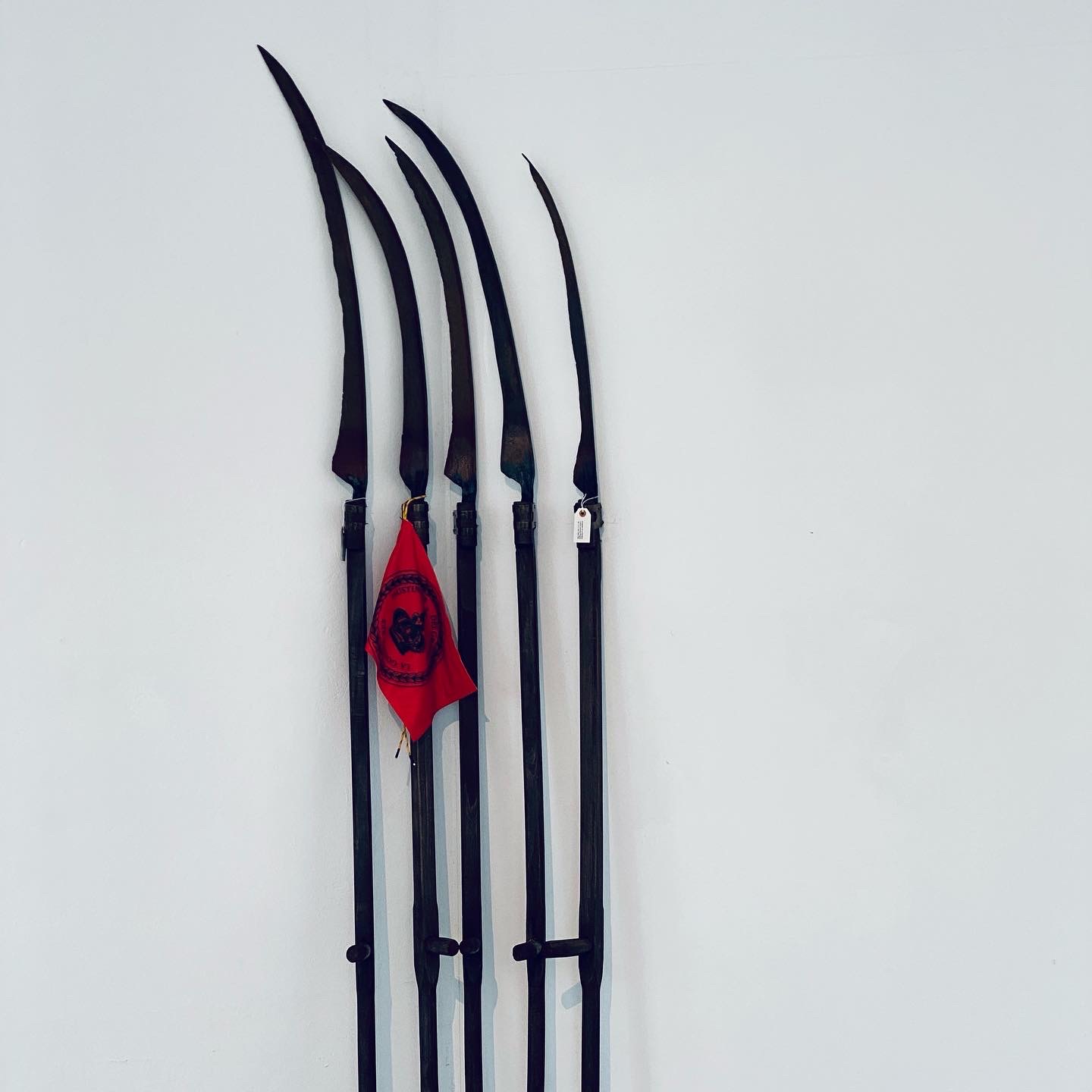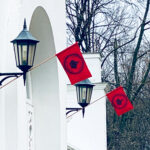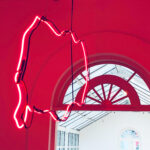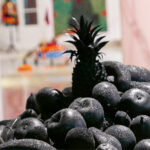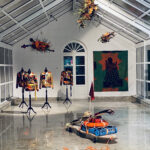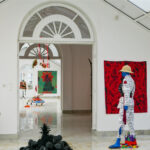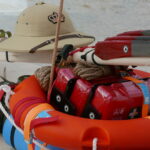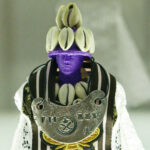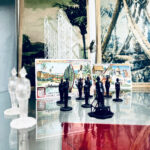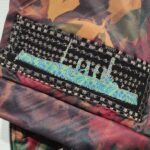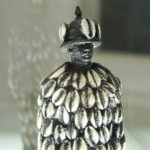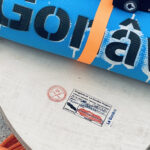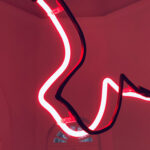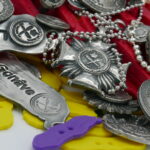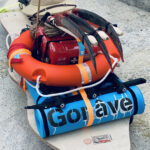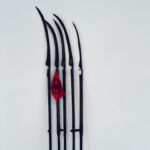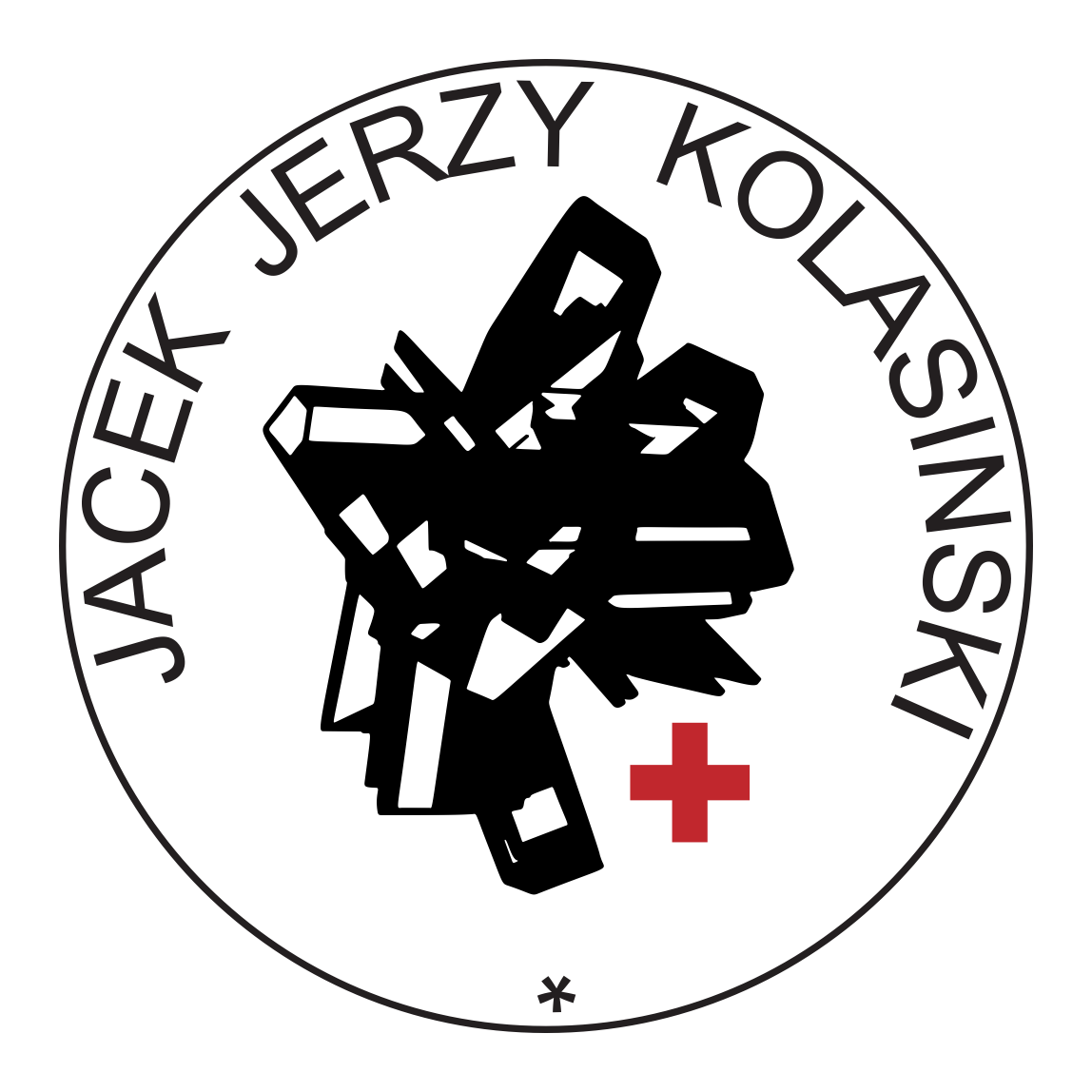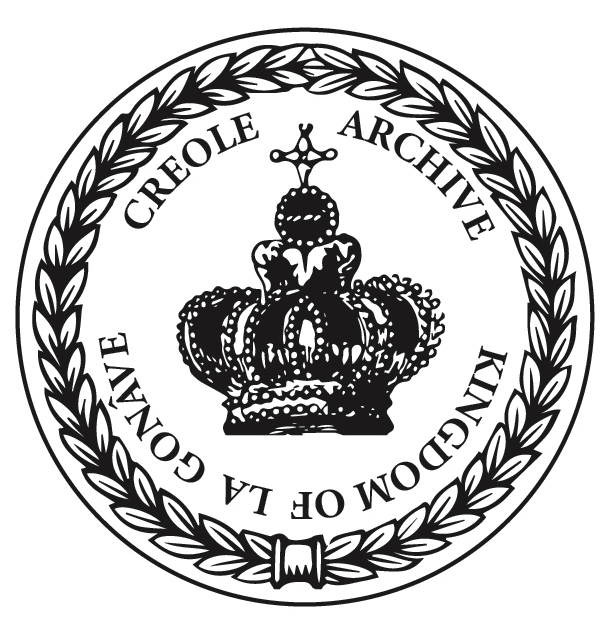
Kingdom of La Gonâve
Creole Archive: Kingdom of La Gonâve
Miami, Florida-based Jacek J. Kolasiński’s Creole Archive Project (2016-ongoing) is a growing group of disparate materials that explore Poland’s entanglements with Haiti going back to the early nineteenth century when Polish ex-legionaries were granted citizenship in the newly formed Haitian republic (1804). Here, Kolasiński assembles elements from his archive related to the fantastic yet true story of Poland’s relations to the broader Americas: the crowning of Polish-American U.S. Marine Faustin E. Wirkus, who was seen as the reincarnation of the Haitian Emperor Faustin-Élie Soulouque by the people of the Gonâve Island, in 1926. In this exhibition, Kolasiński creates a constellation from his archive that gestures towards a Polish Atlantic history rarely explored and how often the innocence, naivete, and delusions of grandeur of colonial expansion led to greed, depravity, and exploitation. His Creole Archive blurs fiction and the documentary: it includes 3-D printed recreations of objects, found material (photographs, magazines, military accoutrements) alongside other ephemera.
Dr. Apesh Kantilal Patel, associate professor of contemporary art, Tyler School of Art and Architecture, Pennsylvania and Fulbright Scholar in Poland (2015)
Exhibitions:



















